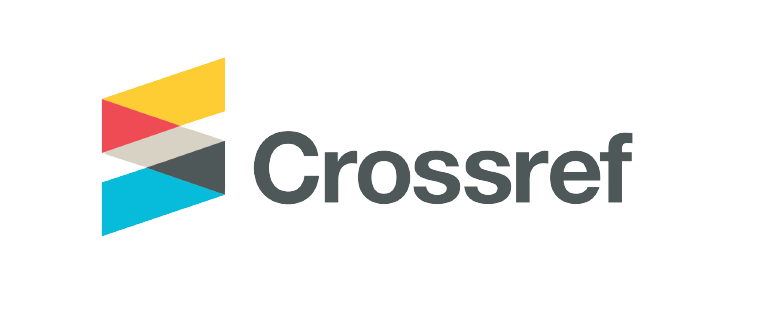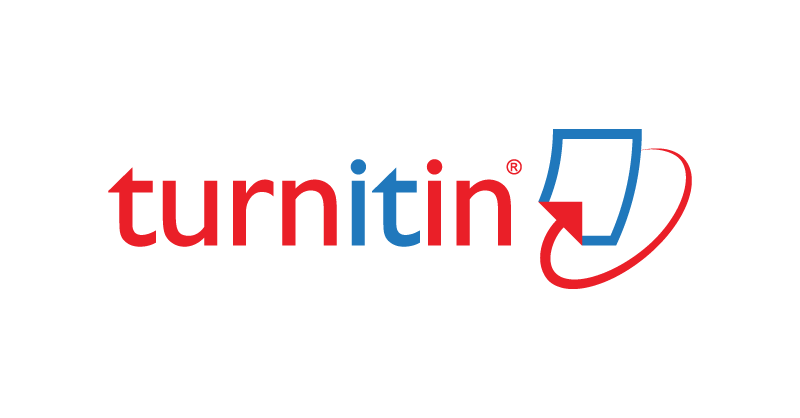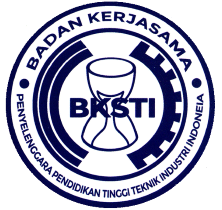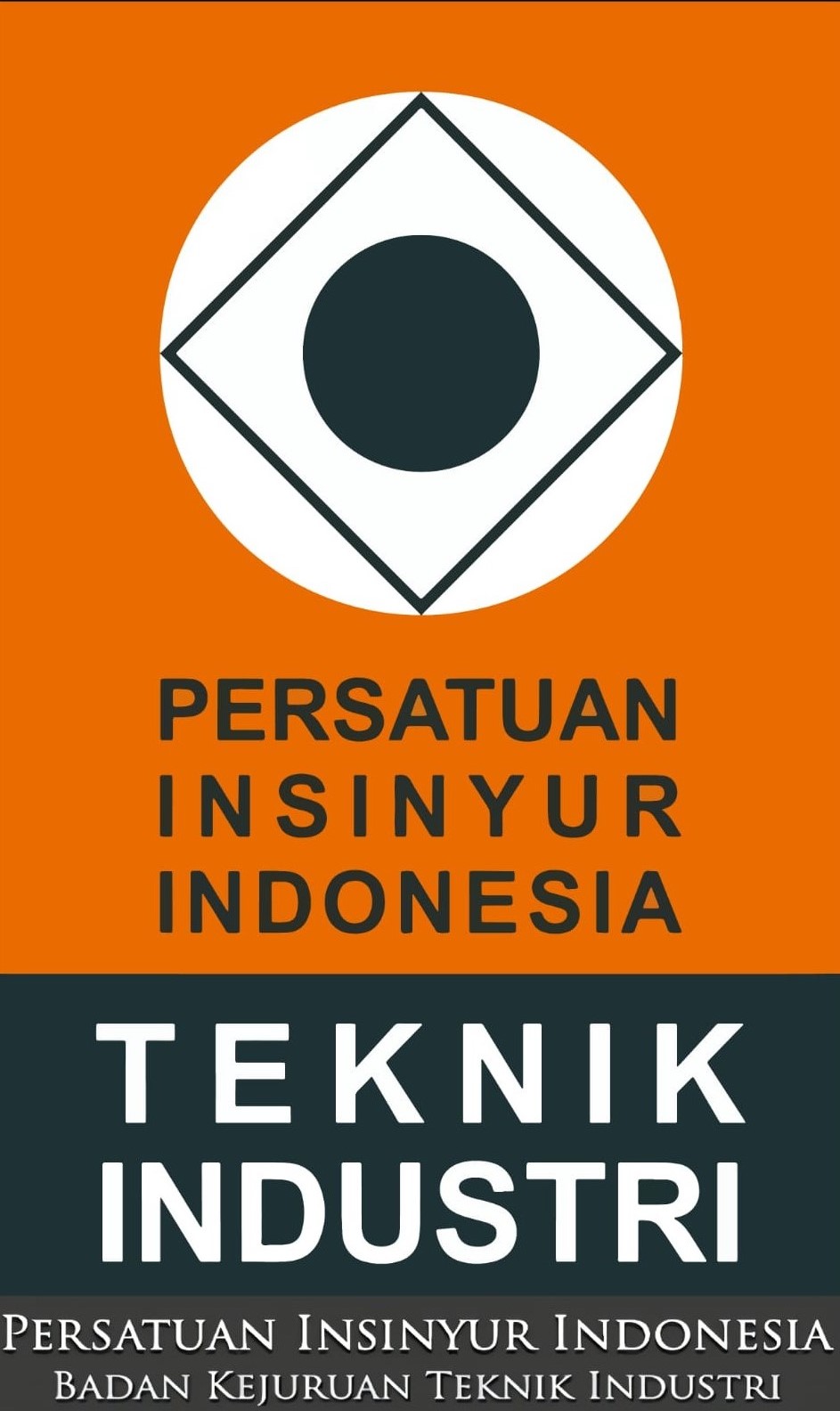The Design of a Demand Forecasting Model of Glass Bottled Tea Products With Machine Learning Approach
DOI:
https://doi.org/10.32734/jsti.v27i2.17069Keywords:
Forecasting, Machine Learning, Demand, Recurrent Neural NetworkAbstract
An accurate sales forecasting is crucial to the profits earned because it affects the company's stock management. With computational support, machine learning and artificial intelligence can continuously and automatically recognize patterns in data, thereby reducing the risk of demand unpredictability. PT XYZ is one of the companies in industrial sector that produces various beverage products. The factory in Medan. One of the products is the tea glass bottle. At PT XYZ, there are frequent differences between forecasting data and sales data, causing high error rates in production planning accuracy. This study aims to analyze the most effective model for forecasting future sales by comparing the accuracy of a Machine Learning-based forecasting model with the existing forecasting method currently employed at PT XYZ. This research was conducted using the Recurrent Neural network (RNN) method as part of the Machine Learning approach. The data that was inputted to the programme was weekly demand data, calendar day off data, temperature data, and population data. The forecasted data is weekly demand. Based on the company's historical data, a demand graph is obtained which has a cyclical pattern. From the results of forecasting using Machine Learning, an accuracy value of 99.47% is obtained with an error rate of 0.53%, which is still below the tolerance limit set by the company. The error rate shows a decrease of 14.72% compared to the error value in the previous company model. This decrease is expected to help control inventory more effectively.
Downloads
References
D. A. Wibowo, “Prediksi Penjualan Obat Herbal Hp Pro Menggunakan Algoritma Neural Network,” Technol. J. Ilm., vol. 9, no. 1, p. 33, 2018, doi: 10.31602/tji.v9i1.1100.
M. Layakana and S. Iskandar, “Penerapan Metode Double Moving Average dan Double Eksponential Smoothing dalam Meramalkan Jumlah Produksi Crude Palm Oil (CPO) pada PT. Perkebunan Nusantara IV Unit Dolok Sinumbah,” Karismatika, vol. 6, no. 1, pp. 44–53, 2020.
E. P. Cynthia, N. Yanti, Y. Fitriani, and M. Yusuf, “Penerapan Metode Elman Recurrent Neural Network ( ERNN ) Untuk Peramalan Penjualan,” J. Educ. Inform. Technol. Sci., vol. 1, no. 2, pp. 49–61, 2019.
A. Roihan, P. A. Sunarya, and A. S. Rafika, “Pemanfaatan Machine Learning dalam Berbagai Bidang : Review paper,” vol. 5, no. April, pp. 75–82, 2020.
T. Ma, C. Antoniou, and T. Toledo, “Hybrid machine learning algorithm and statistical time series model for network-wide traffic forecast,” Transp. Res. Part C Emerg. Technol., vol. 111, no. December 2019, pp. 352–372, 2020, doi: 10.1016/j.trc.2019.12.022.
S. Aisyah Fany Achmalia , Walid, “BACKPROPAGATION NEURAL NETWORK DAN RECURRENT NEURAL,” UNNES J. Math., vol. 9, no. 1, pp. 6–21, 2020.
H. Abbasimehr, M. Shabani, and M. Yousefi, “An optimized model using LSTM network for demand forecasting,” Comput. Ind. Eng., vol. 143, no. March, p. 106435, 2020, doi: 10.1016/j.cie.2020.106435.
A. Cecaj, M. Lippi, M. Mamei, and F. Zambonelli, “Comparing deep learning and statistical methods in forecasting crowd distribution from aggregated mobile phone data,” Appl. Sci., vol. 10, no. 18, 2020, doi: 10.3390/APP10186580.
R. B. Radite Putra and H. Hendry, “Multivariate Time Series Forecasting pada Penjualan Barang Retail dengan Recurrent Neural Network,” INOVTEK Polbeng - Seri Inform., vol. 7, no. 1, p. 71, 2022, doi: 10.35314/isi.v7i1.2398.
L. Wiranda and M. Sadikin, “Penerapan Long Short Term Memory Pada Data Time Series Untuk Memprediksi Penjualan Produk Pt. Metiska Farma,” J. Nas. Pendidik. Tek. Inform., vol. 8, no. 3, pp. 184–196, 2019.
J. Wira and G. Putra, Pengenalan Konsep Pembelajaran Mesin dan Deep Learning, vol. 4. 2020.
G. N. E. T. S. B. Pardamean, PENGENALAN KONSEP MACHINE LEARNING. INSTIPER PRESS, 2022.
Y. S. J. Nasution, “Analisis Pengaruh Jumlah Penduduk Dan Harga Terhadap Permintaan Air Minum PDAM Tirtanadi Cabang Medan,” Kitabah, vol. 3, no. 1, pp. 82–87, 2019.
W. Ilham, N. Fajri, and K. Cirebon, “Analisis Jumlah Produksi Tahu Wawan Menggunakan Metode Fuzzy Tsukamoto AIDA,” JURSISTEKNI (Jurnal Sist. Inf. dan Teknol. Informasi), vol. 5, no. 2, pp. 225–238, 2023.
J. Huber and H. Stuckenschmidt, “Daily retail demand forecasting using machine learning with emphasis on calendric special days,” Int. J. Forecast., vol. 36, no. 4, pp. 1420–1438, 2020, doi: 10.1016/j.ijforecast.2020.02.005.
A. Abdurrahim and A. Hartono, “Pengaruh Cuaca Terhadap Perilaku Belanja Konsumen Minimarket: Studi Pada Minimarket Indomaret,” EKOMBIS Rev. J. Ilm. Ekon. dan Bisnis, vol. 10, no. 2, pp. 1109–1122, 2022, doi: 10.37676/ekombis.v10i2.2649.
Walid, “Peramalan penjualan harga saham PT Bank Rakyat Indonesia (Persero) Tbk (BBRI) dengan Menggunakan Recurrent Neural Network (RNN),” Prisma, vol. 2, pp. 139–147, 2019, [Online]. Available: https://journal.unnes.ac.id/sju/index.php/prisma
Downloads
Published
How to Cite
Issue
Section
License
Copyright (c) 2025 TALENTA Publisher Universitas Sumatera Utara

This work is licensed under a Creative Commons Attribution-ShareAlike 4.0 International License.
The Authors submitting a manuscript do so on the understanding that if accepted for publication, the copyright of the article shall be assigned to TALENTA Publisher Universitas Sumatera Utara as the publisher of the journal.
Copyright encompasses the rights to reproduce and deliver the article in all forms and media. The reproduction of any part of this journal, its storage in databases, and its transmission by any form or medium will be allowed.



















